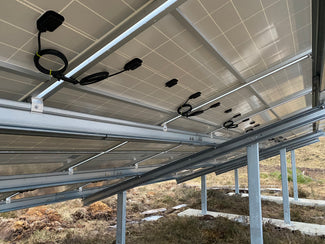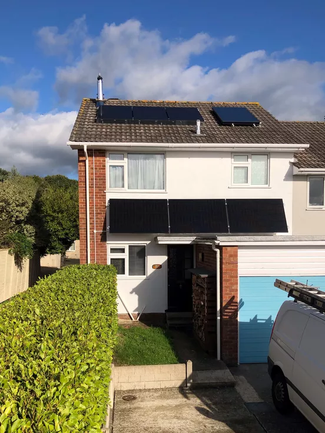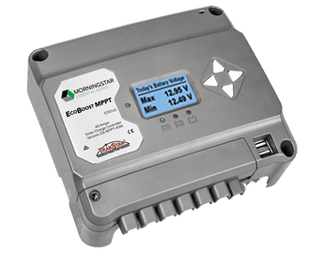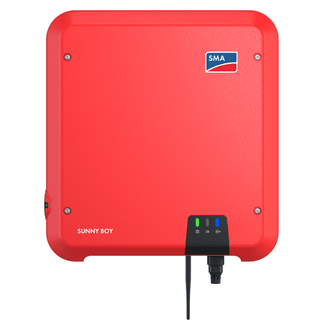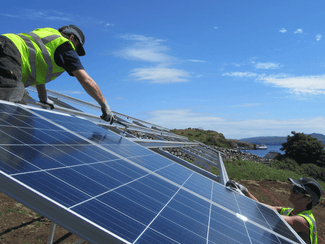Introduction to Solar Power
Photovoltaic (PV) modules - often referred to as solar panels - consist of a number of semiconductor PV cells connected together. They convert light energy into direct current (DC) electrical energy.
Current and hence power output varies with both size of panel and light level, with peak output achieved in full bright sun.
Although the output can be used to directly power DC appliances such as pumps, due to the variability of sunlight, PV modules are usually used either to charge batteries for DC stand-alone off-grid systems or connected to the mains through an inverter in AC grid connected systems.
- They are maintenance free
- Have no moving parts
- Make no noise, cause no pollution
- Are extremely reliable and durable
- Produce useful power even under a grey overcast sky.
- Have predictable performance
- Are quick and easy to install with minimal requirement for site preparation
- Their modular design allows flexible and easy expansion
Photovoltaic systems are the only form of renewable energy that can be widely deployed in towns and cities. Where appropriate hybrid’ systems combining PV with wind turbines or other forms of power generation can give a balanced supply all the year round.
Over it's estimated life, a PV module in a sunny climate can produce at least 20 times the electricity used in it's production.
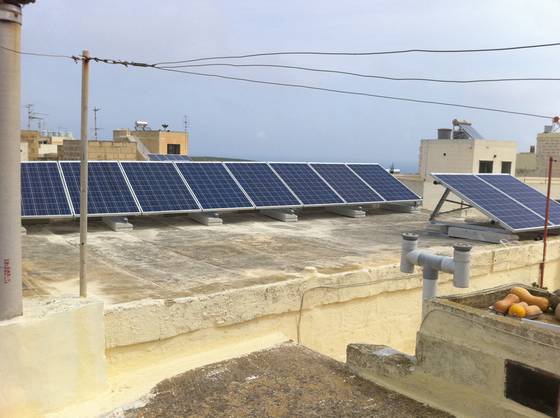
Off Grid Stand Alone Applications
- Rural and remote power needs
- Maintaining the charge in infrequently used batteries
- Powering lighting, pumps & garden fountains
- Charging batteries on boats and caravans
- Providing reliable electricity supplies for properties off the grid

Grid Connected Applications
- Domestic grid connected systems
- Megawatt utility powerwatt generation
- Integrated into building facades
- Mounted on domestic roofs
- Used as the roofing material itself
Choosing Solar Photovoltaic (PV) Modules
Photovoltaic modules vary and a wide range are available for every application. They must be chosen carefully, the following factors are important in making that choice:
Electrical Characteristics
The output power, voltage, and current of the solar module determines the number of modules needed and what inverters or charge controllers can be used.
Small off-grid applications often require 12 VDC (36 cell) output modules to directly charge batteries and/ or operate DC loads.
Larger modules with typically 60 or more cells and with output voltages ranging from 24 to 50 VDC are more commonly used in grid connected systems where a high DC voltage is required to operate the inverter. These can also be used in battery charging off-grid systems using maximum power point tracking charge controllers.
Physical Characteristics
- Module dimensions, frames, wind and snow load ratings, together with installation location need to be considered when designing a system.
- The colour of frame and back sheet together with module appearance are also of importance, particularly for residential and roof-integrated installations.
- Type of connector used for module output determines cabling and how they can be connected.
Warranty
Normally stated as a guarantee to produce no less than a percentage of power rating for a given period. Only of any value if the manufacturer of the module is likely to still be in business for that time period.
Quality
How well the modules are made. This affects how well they will work and will last. Illustrated by features such as strength of frame and efficiency.
Power Tolerance
Normally stated as a plus and minus percentage of power rating. This is important when comparing prices - eg. a 170 Wp module with +/- 10% power tolerance may only produce 153 Wp so may not be such good value as a more expensive module with a tighter power tolerance.
Energy Production
Normally stated in terms of kWh/kWp per annum ie. Energy that should be expected per year from a well sited 1kWp PV system in a given location.
This depends upon efficiency of the module, accuracy of it’s power rating and responsiveness to varying light levels. Different modules with the same nameplate rating will produce differing amounts of energy and will age differently.
Much of this information can be found by studying module Data Sheets which are included alongside descriiptions of all our products.
All the modules we supply have been chosen to be amongst the best available considering the above criteria.
Interested in Solar Photovoltaic (PV) Modules?
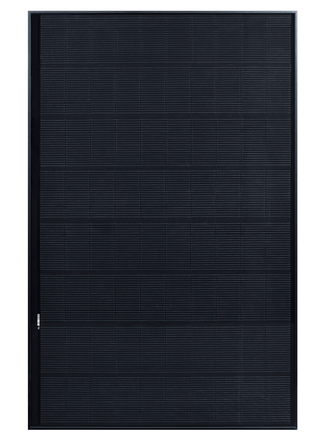
Solar PV Panels
A range of photovolaic (PV) modules suitable for use in all applications from small remote power needs to...
View collection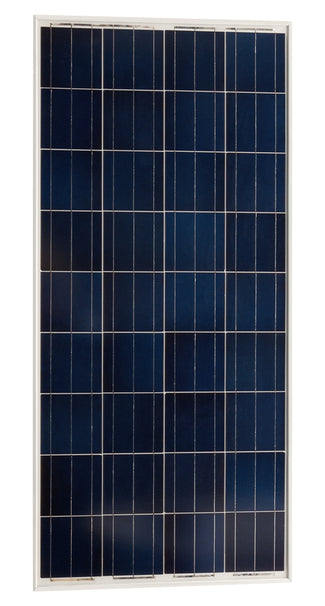
Small Solar PV Panels
These are perfect for use in a wide variety of low-power solar PV systems, such as: off-grid; solar...
View collection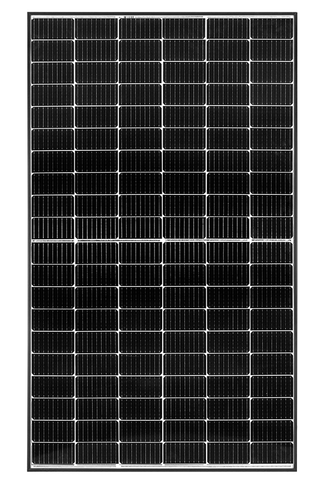
Residential and Commercial Solar PV Panels
Solar panels for home and commercial projects.
View collection